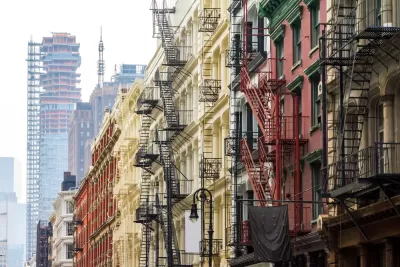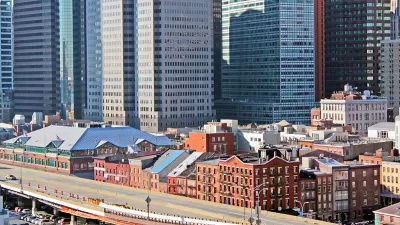One of the more aggressive inclusionary zoning programs in the country has been in place long enough to evaluate for lessons regarding the effectiveness of the controversial affordable housing development tool.

Michael A. Tortorici, co-founder and executive vice president at Ariel Property Advisors, checks in with the Mandatory Inclusionary Housing (MIH) program three years after its inception under the de Blasio administration, with effects beginning to take shape around the city.
"Looking at MIH projects in the pipeline and recent transactions in current or pending MIH areas, it’s becoming increasingly clear where the program is currently delivering, and where it may be falling short," according to Tortorici.
Here are the key findings of the analysis presented in the article:
As of August 15, 2019, city records show approximately 40 new developments underway that will see at least 25 percent of residential floor area allocated to permanent affordable housing. Based on available information, we estimate these projects total approximately 7.3 million square feet of new construction. In terms of gross area being built, approximately 53 percent is under construction in the Bronx, 19 percent is in Brooklyn, 12 percent is in Northern Manhattan, 10 percent is in Queens, and 6 percent is in Manhattan.
While breaking down the development pipeline of the neighborhoods and boroughs around New York in greater detail, Tortorici also presents some conclusions based on the evidence provided by the development market.
FULL STORY: Checking In on NYC’s Mandatory Inclusionary Housing Program

Planetizen Federal Action Tracker
A weekly monitor of how Trump’s orders and actions are impacting planners and planning in America.

Restaurant Patios Were a Pandemic Win — Why Were They so Hard to Keep?
Social distancing requirements and changes in travel patterns prompted cities to pilot new uses for street and sidewalk space. Then it got complicated.

Map: Where Senate Republicans Want to Sell Your Public Lands
For public land advocates, the Senate Republicans’ proposal to sell millions of acres of public land in the West is “the biggest fight of their careers.”

Maui's Vacation Rental Debate Turns Ugly
Verbal attacks, misinformation campaigns and fistfights plague a high-stakes debate to convert thousands of vacation rentals into long-term housing.

San Francisco Suspends Traffic Calming Amidst Record Deaths
Citing “a challenging fiscal landscape,” the city will cease the program on the heels of 42 traffic deaths, including 24 pedestrians.

California Homeless Arrests, Citations Spike After Ruling
An investigation reveals that anti-homeless actions increased up to 500% after Grants Pass v. Johnson — even in cities claiming no policy change.
Urban Design for Planners 1: Software Tools
This six-course series explores essential urban design concepts using open source software and equips planners with the tools they need to participate fully in the urban design process.
Planning for Universal Design
Learn the tools for implementing Universal Design in planning regulations.
Heyer Gruel & Associates PA
JM Goldson LLC
Custer County Colorado
City of Camden Redevelopment Agency
City of Astoria
Transportation Research & Education Center (TREC) at Portland State University
Camden Redevelopment Agency
City of Claremont
Municipality of Princeton (NJ)





























